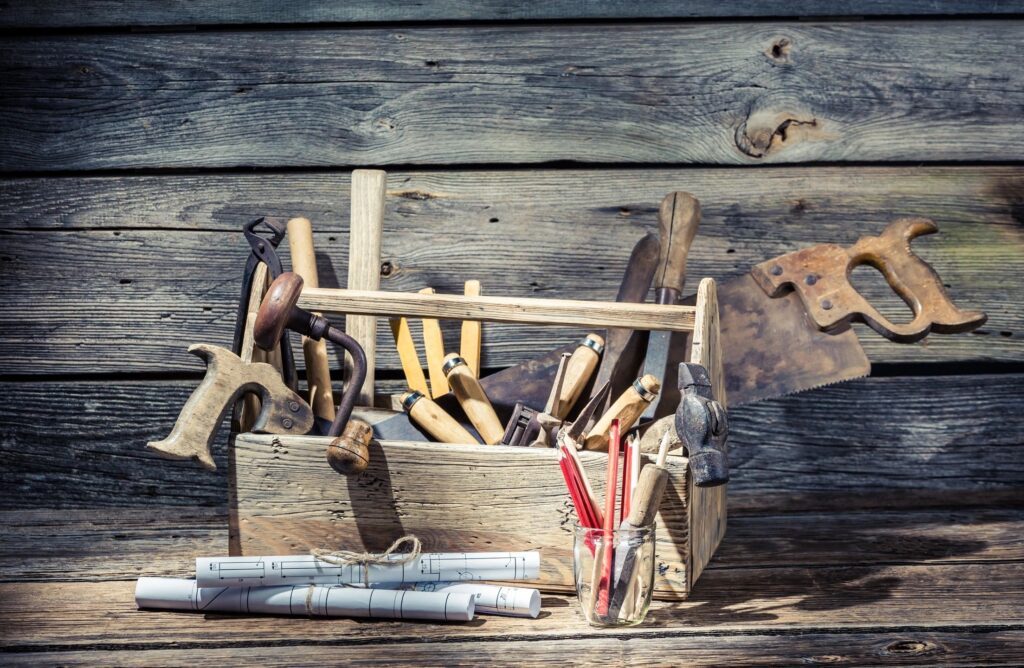
Getting to NTFBL (No Tests But For Learning) will take time and enormous energy to flip the current status quo overwhelmingly favoring summative assessment. But we can start with formative assessment’s greater adoption by classroom teachers. Formative assessment seeks “to monitor student learning to provide ongoing feedback that can be used by instructors to improve their teaching and by students to improve their learning.” More on that style of assessment here.
Here is a great list of formative tools that you should ask the teachers of your kids if they about them. Seriously: ask how much of the assessment conducted in your kid’s classes is formative and then ask whether they use any of the tools. HT to old friend, Jiangang Hao, for the above tools link. Now go fix yourself a screwdriver.
Great link to 75 formative assessment tools! I will be sharing this list widely…
In return, this link takes you to a lecture by Dylan Wiliam – Formative assessment: Confusions, clarifications, and prospects for consensus.
http://www.podcasts.ox.ac.uk/formative-assessment-confusions-clarifications-and-prospects-consensus (duration 51:36)
Dylan gave this talk at the Assessment in Education: Principles, Policy and Practice 25th Anniversary conference at OUCEA (the Oxford University Centre for Educational Assessment) hosted at St Anne’s College Oxford in spring 2018, celebrating 25 years of the influential journal Assessment in Education: Principles, Policy and Practice.
The whole lecture is thought-provoking and relevant, but if time is short, the most illuminating bit to watch is for about three minutes from 25-30 minutes (describing a teacher’s practice in formative assessment).